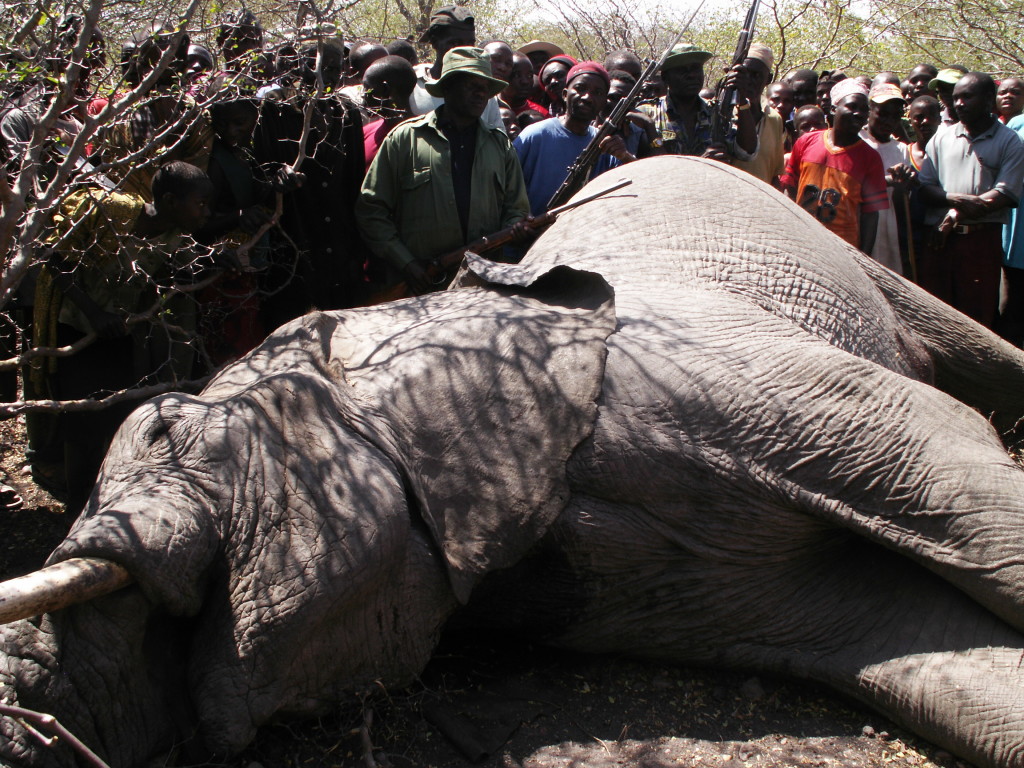What is Human Elephant Conflict?
Human elephant conflict most often results from elephants leaving the protected area (in this case, Ruaha National Park) and raiding the farms of subsistence farmers who live nearby.
Elephants seen crop-raiding
These events leave local people feeling both fearful and powerless against the damage these enormous creatures can inflict against them, and elephants are sometimes killed in retaliation. This causes elephants to respond to humans with fear and aggression, further endangering the lives of both humans and elephants. The resentment people feel toward elephants as result of this conflict makes resident elephant populations extremely vulnerable to illegal poaching, an activity which is currently devastating elephant populations in Ruaha and across many parts of Africa.
Monitoring and predicting human elephant conflict
A team of 24 local field assistants collects data on elephant crop raiding events in each of the 22 villages bordering Ruaha National Park. These data include the date, location, crop type, and extent of damage inflicted, as well as any observations made regarding the number and sex of the raiding elephants. We use these data to target our programming in the areas most affected by human-elephant conflict. We are also developing a spatial model that will enable local wildlife managers and land use planners to predict and manage conflict “hot spots”.





1 Response to Conflict monitoring